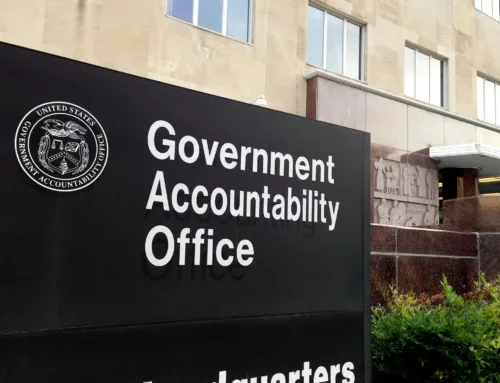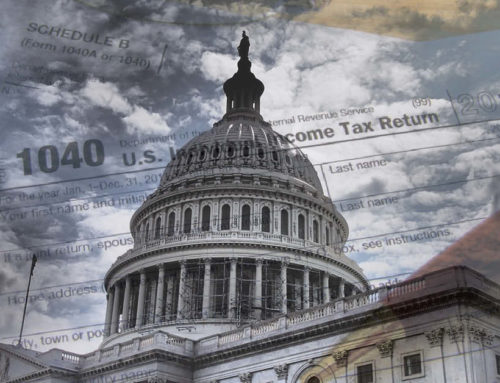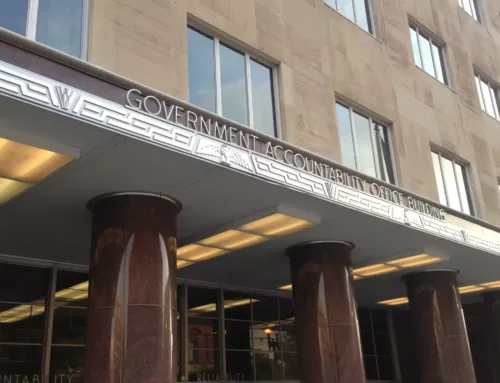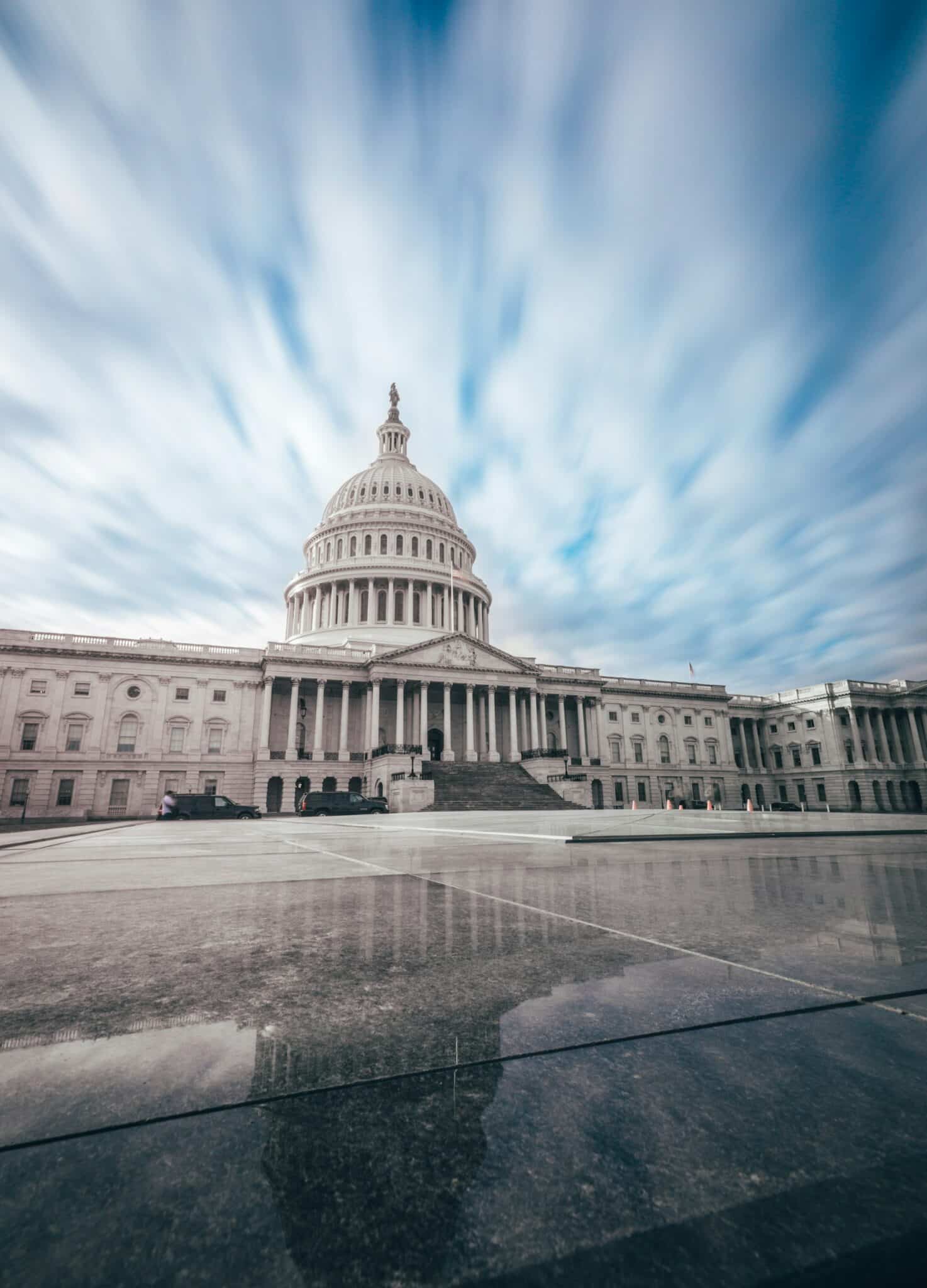The Congressional Budget Office (CBO) gave taxpayers a sobering look at the nation’s financial picture in their annual Budget and Economic Outlook released this week. Actually, sobering is an understatement: Shocking, galling, scary are more like it. And dear readers, we are taking that as a challenge.
CBO projects a $1 trillion deficit in 2020, and average annual deficits of $1.3 trillion for the next decade. Even more worrying (yes, that is possible) is that deficits rise from an already ridiculous level of 4.6 percent of Gross Domestic Product this year to 5.4 percent in 2030.
CBO provided some context: “Other than a six-year period during and immediately after World War II, the deficit over the past century has not exceeded 4.0 percent for more than five consecutive years. And during the past 50 years, deficits have averaged 1.5 percent of GDP when the economy was relatively strong (as it is now).”
So a trillion dollar deficit. It’s hard to get one’s mind around a trillion. It’s a million millions, a thousand billions. If you were paid a dollar per second you’d be making $86,000 per day or $31.5 million per year. At that rate it would take you 30,000 years to make a trillion dollars. It’s a lot of money.
It’s not that the country hasn’t seen trillion deficits before. The first several years after the Great Recession in 2008 certainly had them. And as a percentage of GDP they were incredibly high: 9.8 in 2009, 8.6 in 2010, and 8.4 in 2011. But they were going the right direction after the country experienced the biggest economic shock since the Great Depression. By 2015 the deficit was 2.4 percent of GDP.
The problem is that we’re not a country coming out of an enormous recession or world war, we are a decade into an economic expansion. All these deficits have resulted in an accumulated debt of more than $23 trillion. That’s greater than 100 percent of GDP. 105 percent in fact. In 2009 it was 80 percent. That provides a lot less wiggle room if the nation was to experience an economic shock or rise in interest rates, both of which are, unfortunately, likely to occur at some point.
We’re not here to be some fiscal Cassandra. Or to play the blame game (not that we don’t know the reasons: Revenue reduction coupled with discretionary and mandatory spending increased equals deficits and debt). No, we’re here to help the nation out of the hole. The first step is not to stop digging, because that’s not going to happen. It’s to stop digging so fast. Reduce the deficit and start to reduce the size of the debt as a percentage of GDP.
We are heartened that the Democratic presidential debates include challenges of “How are you going to pay for that?” and we want to see that translate into the eventual presidential debate. Too often deficit reduction has not been a real rationale, but a cudgel to go after the other guy’s program. Let’s get real, both sides have to give. Note we said give, not receive, because recent bipartisanship has been: Republicans win, Democrats win, taxpayers lose. (See: recent tax deal, Bipartisan Budget Acts of 2019 and 2018; the 2017 tax cut was a notable(y) bad exception – Some Republicans win, Democrats and taxpayers lose).
The simple fact is that we need bipartisanship to deal with the country’s fiscal challenges. In the last 50 years, one party has had complete control of the legislative and executive branches for 14.5 years. Democrats had 8 years including President Carter’s full term and two years at the beginning of the Clinton and Obama presidencies. And the Republicans had 6.5 years (first half-year and years 3-6 under President Bush, and first two years under President Trump).
Bipartisanship is what we do. We still call it as we see it and tell even our good friends yes, they look bad in those legislative jeans. But our founding principles are that no matter where you fall on the political spectrum, no one wants to see their money wasted, budget decisions must reflect national priorities not political power, and that taxpayers deserve excellence from our government.
Put simply, fiscal responsibility is not the election cycle flavor-of-the-month for us. As this organization embarks on its second quarter-century, we are embracing the challenge of dealing with our budget challenges, and looming issues like the cost and impact of climate change, erosion of revenue, demographic shifts, and spending spikes. After all we’re all paying for it. So let’s all figure out what to do.










